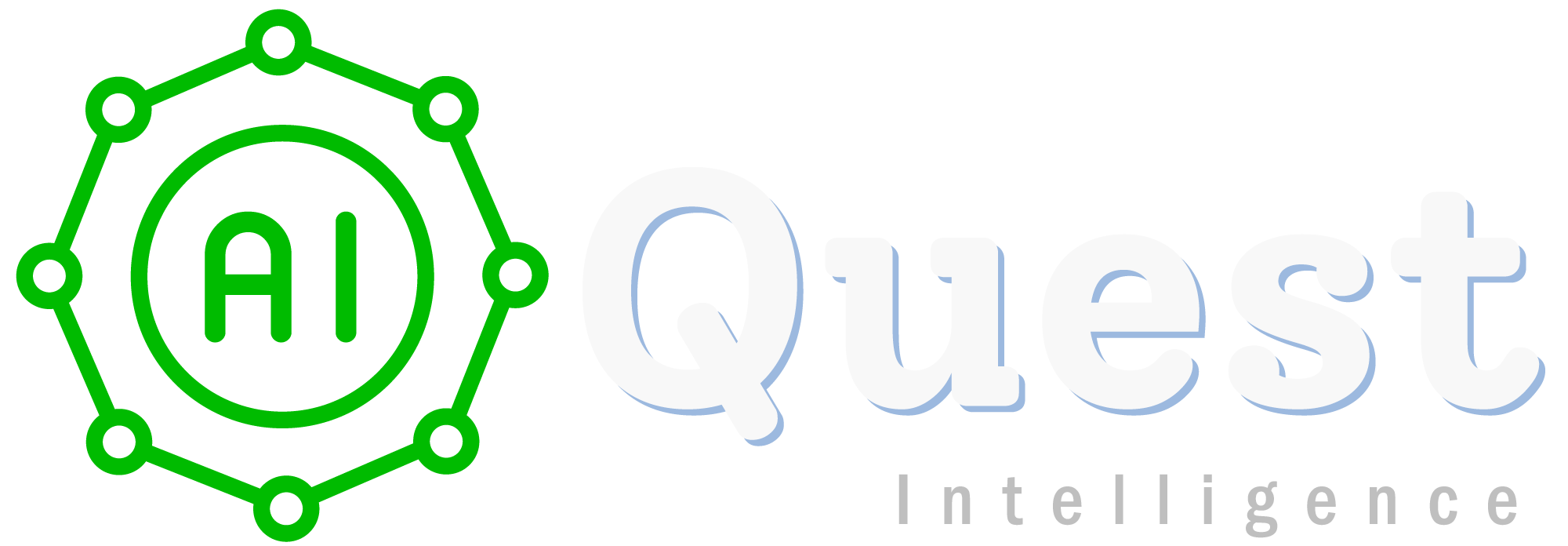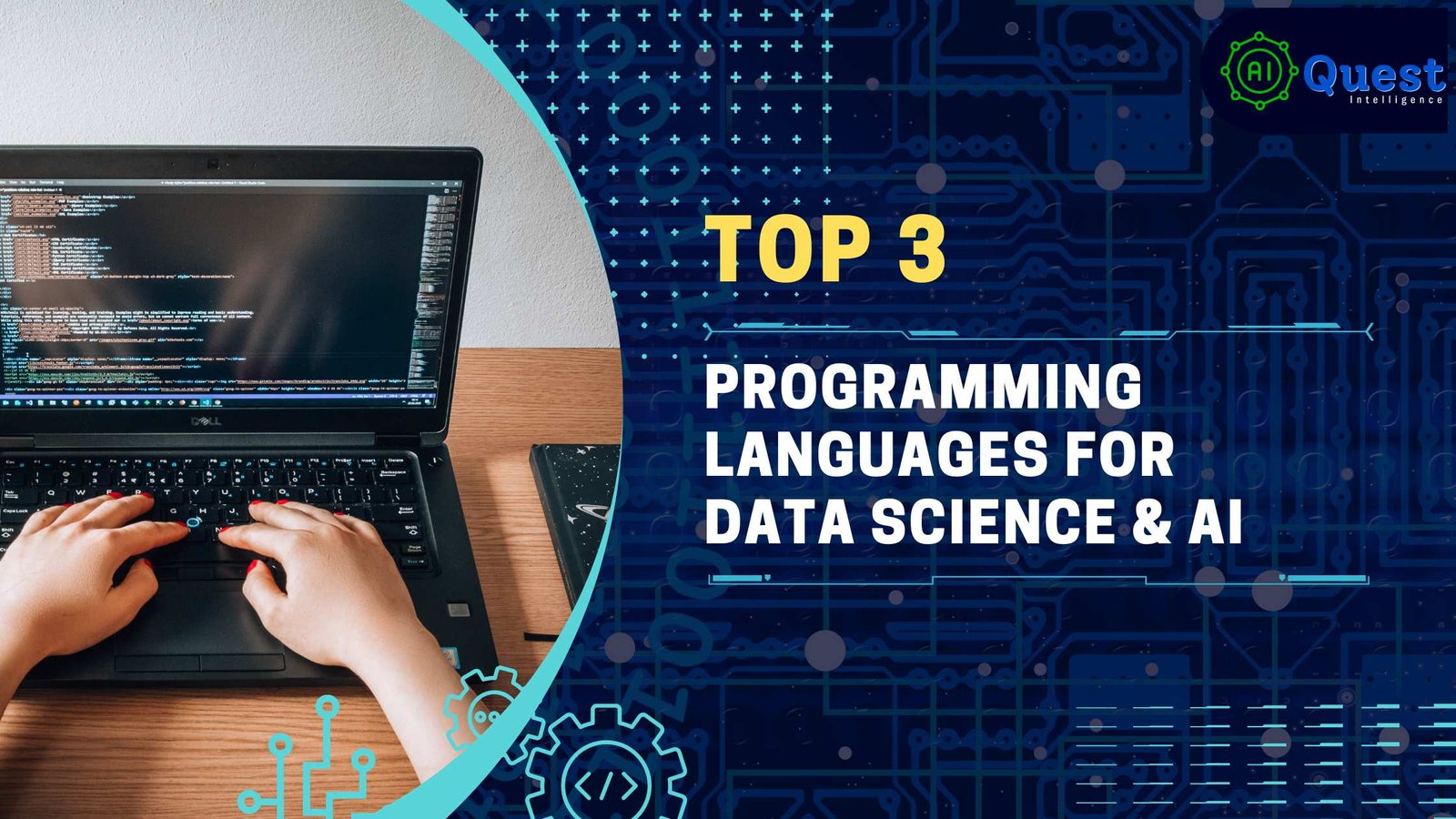Top 3 Programming Languages for Data Science and AI:
1. Python:
– Why it’s on top: Python is widely considered the top programming language for data science and AI due to its simplicity, readability, and extensive range of libraries. It provides a wide array of tools and frameworks specifically designed for data manipulation, analysis, and machine learning.
– Uses: Python is used for various data science tasks such as data cleaning, preprocessing, visualization, statistical analysis, machine learning, and deep learning. It is also widely utilized for natural language processing, computer vision, and AI applications.
– Future Scope: Python’s future in data science and AI looks promising. Its popularity continues to rise, and new libraries and frameworks are constantly being developed to enhance its capabilities. With its strong community support and ease of use, Python is expected to remain a dominant language in the field. Python’s future in data science and AI appears bright. As the demand for data-driven insights and AI applications continues to grow, Python’s flexibility, scalability, and extensive library ecosystem position it well for continued dominance in the field.
– Working Fields: Python is extensively used in industries such as finance, healthcare, e-commerce, marketing, and technology. It is employed in diverse fields, including fraud detection, recommendation systems, predictive analytics, autonomous vehicles, and image recognition.
2. R:
– Why it’s on top: R is highly regarded for its statistical analysis capabilities, making it a preferred language for researchers and statisticians. It offers a vast collection of packages specifically tailored for statistical modeling and data visualization.
– Uses: R is commonly used for statistical analysis, data exploration, and visualization. It is favored in academic research, clinical trials, econometrics, and social sciences. R is also extensively utilized in data-driven decision making and forecasting.
– Future Scope: R has a dedicated user base and is expected to maintain its prominence in academia and statistical research. However, its usage in AI and machine learning is often complemented by Python due to Python’s wider range of libraries and frameworks. ‘s future lies in its niche areas of statistics and research. While Python has gained popularity for broader data science and AI applications, R’s specialized statistical packages and academic community will continue to drive its usage.
– Working Fields: R finds application in various fields, including pharmaceuticals, finance, healthcare, social sciences, and market research. It is employed in tasks such as data modeling, hypothesis testing, regression analysis, and data visualization.
3. Julia:
– Why it’s on top: Julia is a relatively new language designed for high-performance computing and data science. It combines the ease of use of Python with the speed and efficiency of lower-level languages like C++. Julia’s just-in-time (JIT) compilation allows for faster execution times.
– Uses: Julia is employed for numerical computing, scientific simulations, and data analysis. It is particularly useful for computationally intensive tasks, where its performance advantage over Python and R becomes apparent. Julia is gaining traction in fields like finance, engineering, and physics.
– Future Scope: Julia has a promising future in data science and AI, especially for tasks that require faster execution and parallel computing. As the language continues to mature and gain more libraries and community support, its adoption is likely to increase. Julia’s future lies in its ability to bridge the gap between high-level languages like Python and low-level languages like C++. Its performance advantages make it an attractive choice for computationally demanding data science and AI applications.
– Working Fields: Julia is used in domains such as finance, aerospace, energy, and scientific research. It is employed in areas like optimization, simulations, machine learning, and signal processing.
The ranking and preferences of programming languages in the context of data science and AI can vary depending on several factors such as specific use cases, individual preferences, and industry trends. Different languages have their own strengths and weaknesses, making them more suitable for certain tasks or domains.
Specific Use Cases: Different programming languages excel in different areas of data science and AI. For example, Python’s extensive libraries and frameworks make it a popular choice for general-purpose data analysis, machine learning, and AI development. R, on the other hand, is often favored for statistical analysis and research due to its comprehensive statistical packages. Julia is gaining traction in computationally intensive tasks where speed and performance are crucial.
Individual Preferences: Programmers and data scientists have their own preferences when it comes to programming languages. Some may prefer the simplicity and readability of Python, while others may appreciate R’s statistical analysis capabilities or Julia’s speed. Personal experience, familiarity, and comfort level with a particular language also play a role in individual preferences.
Industry Trends: The popularity of programming languages in data science and AI is influenced by industry trends and practices. Python has experienced significant growth and widespread adoption due to its versatility, ease of use, and rich ecosystem of libraries. It has become a de facto standard for many data science and AI applications. However, industry trends can change over time as new languages emerge or existing languages evolve to address specific challenges.
Ultimately, the choice of programming language for data science and AI depends on the specific requirements of the project, the expertise of the team, the available resources, and the desired performance trade-offs. It is important to consider factors such as community support, availability of libraries and frameworks, scalability, performance, and integration capabilities when selecting a programming language for data science and AI projects.
.

